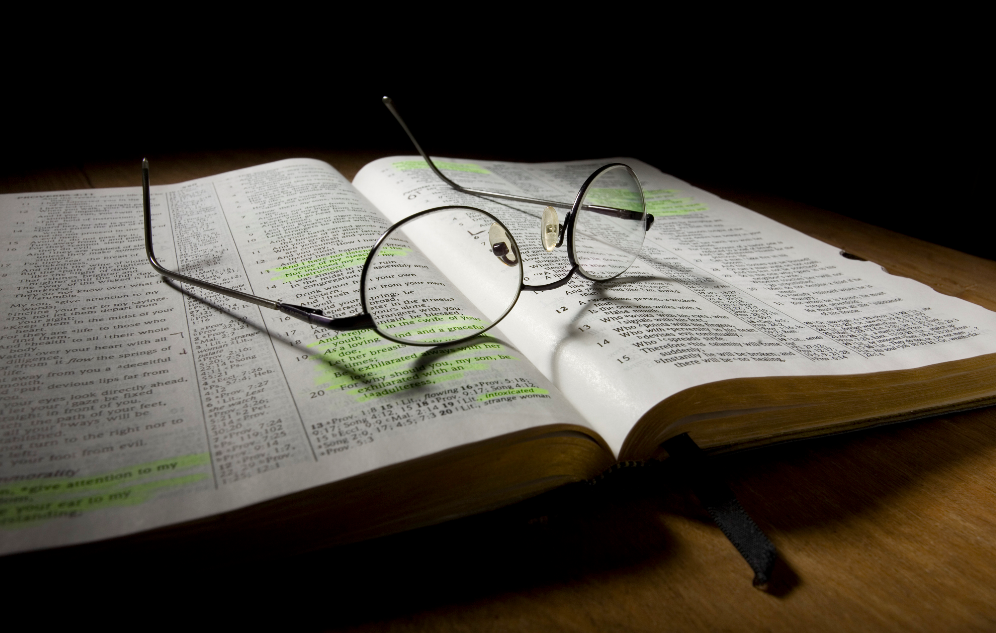By Sam E. Stone
 In the account of the building of the tabernacle, one refrain stands out above everything else: “Moses did everything just as the Lord commanded him” (see Exodus 40:16, 19, 21, 23, 25, 27, 29, 32). Wilbur Fields calls these eight verses “An overview of obedience! A chronicle of compliance!”
In the account of the building of the tabernacle, one refrain stands out above everything else: “Moses did everything just as the Lord commanded him” (see Exodus 40:16, 19, 21, 23, 25, 27, 29, 32). Wilbur Fields calls these eight verses “An overview of obedience! A chronicle of compliance!”
James E. Smith put it this way: “The Tabernacle is rooted in divine revelation. The Israelites merely implemented the directives of God. Eighteen times in the last two chapters the narrator emphasizes the complete compliance to the commandments of God . . . God’s commands are meant to be executed.” Exodus 25-31 contains the Lord’s instructions about the tabernacle proper, while chapters 35-39 explain how it was constructed.
Constructing the Tabernacle
Exodus 40:16-19
The tabernacle in essence served as a portable temple. The Lord had told Moses, “Have them make a sanctuary for me, and I will dwell among them” (Exodus 25:8, 9). Then he added, “Make this tabernacle and all its furnishings exactly like the pattern I will show you.” Moses did just that! He provides an excellent example for God’s children today as we seek to do all that the Lord commands us.
The people had been in the area for 10 months by the time the tabernacle was completed. “Setting up” the tabernacle suggests erecting the walls. Once the frame was up, the workers added crossbars to hold them in place and give additional stability. The tent over the tabernacle consisted of curtains made of cloth and skin.
Furnishing the Tabernacle
Exodus 40:20-30
Each part of the tabernacle (the tent of meeting) was significant. The ark of the covenant was shielded from view by a curtain. Inside the ark were the stone tablets on which God had inscribed the Ten Commandments for Moses. The ark was covered with two cherubim made from pure gold. They looked down at the atonement cover (sometimes referred to as the “mercy seat”). Blood was sprinkled on the mercy seat as a part of God’s requirement in order to forgive sin (see Leviticus 16:14-16). This pictures the salvation Jesus offers to all who trust him (see Hebrews 9; 1 Peter 1:2).
A curtain prevented one from seeing the ark of the testimony, since it was kept inside a smaller area, the most holy place. Here God was present in a special way. In the holy place were the lampstand, the table of the Presence, and the altar of incense. Before entering this area one passed the bronze altar and the laver. C. F. Keil explains, “The tabernacle and its furniture were not made holy things for the first time by the anointing. . . . They were made holy things and holy vessels by the fact that they were built, prepared, and set up, according to the instructions given by Jehovah.” God’s presence made them holy. The glory of the Lord filled the tabernacle (Exodus 40:34).
The bronze altar was the place where sacrifices were offered in keeping with the commands of Leviticus (1:1—7:38). This pictures the perfect sacrifice of Jesus, given to forgive our sins (Hebrews 9:11-15). The basin was a large bowl in which the priests could wash their hands and feet before entering the sacred area (see Titus 3:5).
Presence at the Tabernacle
Exodus 40:34, 38
When the preparation had been completed, the cloud covered the tent of meeting, and the glory of the Lord filled the tabernacle. God had previously been present with his people in the cloud. In this way he had guided and protected them in their journeys (see Exodus 13:21, 22). Now that cloud came down upon the tabernacle and filled the dwelling with his gracious presence. Keil adds, “So long as this cloud rested upon the tabernacle the children of Israel remained encamped; but when it ascended, they broke up the encampment to proceed onwards. This sign was Jehovah’s command for encamping or going forward ‘throughout all their journeys’ (Exodus 36-38).”
The tabernacle provided the symbol of God’s rule over them and his dwelling among them. Earlier God had met the people at the Mount of Sinai; now he goes with them through all of their wanderings en route to the promised land. The significance of the tabernacle is especially important for Christians, declares Peter Enns. “Hebrews 3:1—4:13 is an explicit and relatively extensive ‘commentary’ on the Exodus. . . . The basic analogy that the writer of Hebrews draws is that Israel’s desert wanderings correspond to the daily life of the church on its way to ‘Canaan.’”
Sam E. Stone is the former editor of Christian Standard. He continues his writing and speaking ministry from his home in Cincinnati, Ohio.



Comments: no replies